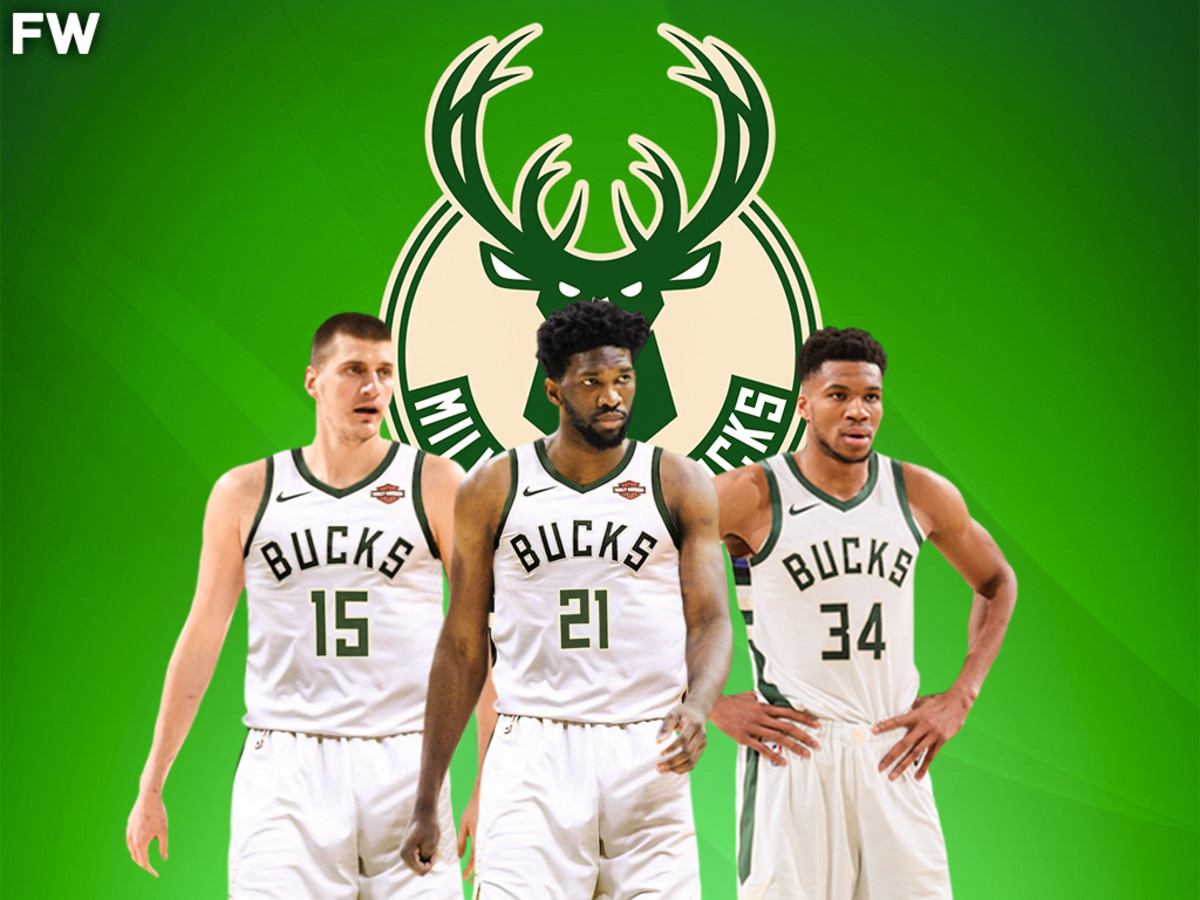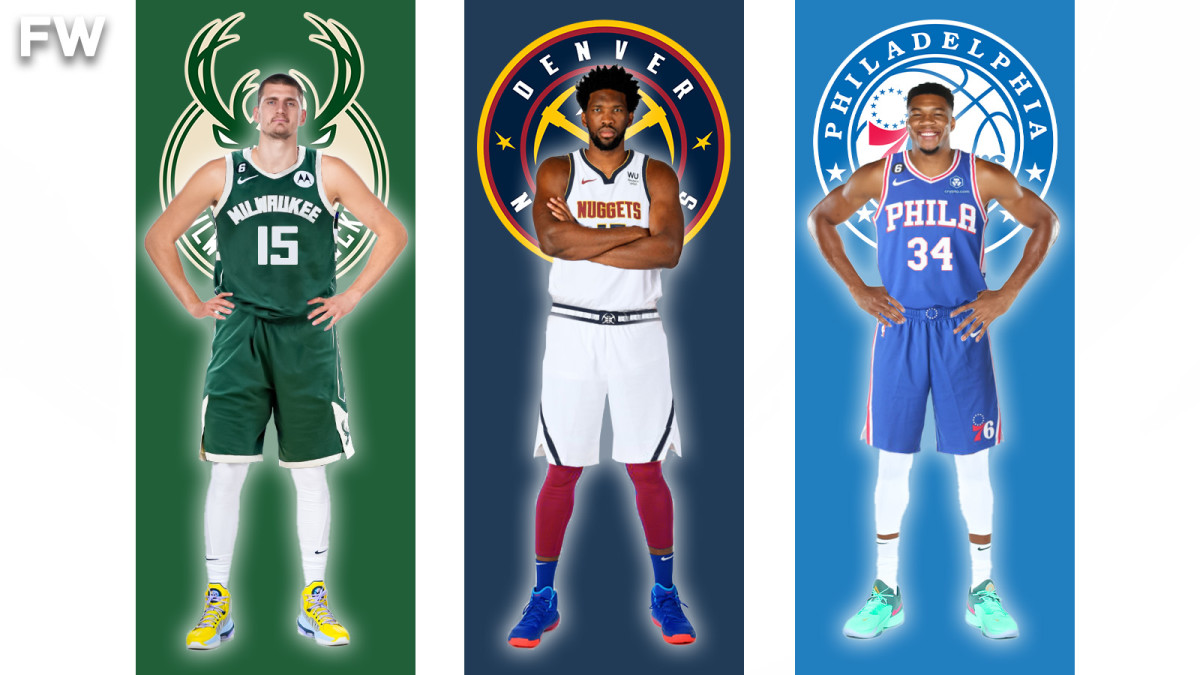When reflecting on previous NBA drafts, it’s astonishing to see how many outstanding players were selected among the 60 picks across two rounds. Players are chosen primarily based on their college records, talent, and hype. A prime example is when the Milwaukee Bucks drafted Giannis Antetokounmpo with the 15th overall pick in 2013—a decision that has since paid off immensely.
Interestingly, the Bucks could have also drafted Nikola Jokić and Joel Embiid alongside Giannis. This scenario raises intriguing “what-if” questions about roster construction and potential team dynamics.

Joel Embiid, selected third overall by the Philadelphia 76ers, was considered one of the top prospects despite concerns about his health and potential. He has since proven critics wrong with his remarkable performance.

This season, one of these three—Giannis, Jokić, or Embiid—will likely emerge as the MVP. However, it’s fascinating to consider how the Bucks could have had all three players on the same team had they made different selections. While it may seem impractical to draft three big men, the potential for a unique lineup with Giannis as the primary two-way forward, complemented by Jokić and Embiid, would have been compelling.

In the 2014 draft, the Bucks chose Jabari Parker, a highly touted player, ahead of the Sixers, who selected Embiid. Given that Parker was another big player, the Bucks could have opted for Embiid instead. Additionally, the Bucks selected Johnny O’Bryant III with their second-round pick, five spots ahead of Jokic, further complicating their draft decisions.
Imagining a Bucks lineup featuring three near-seven-footers capable of covering various roles is a fascinating exercise. Even if these players hadn’t developed as they did with their current teams, the combination of talents could have created an intriguing dynamic in Milwaukee. Ultimately, these draft decisions highlight the unpredictability of talent evaluation in the NBA and the lasting impact those choices can have on franchise success.